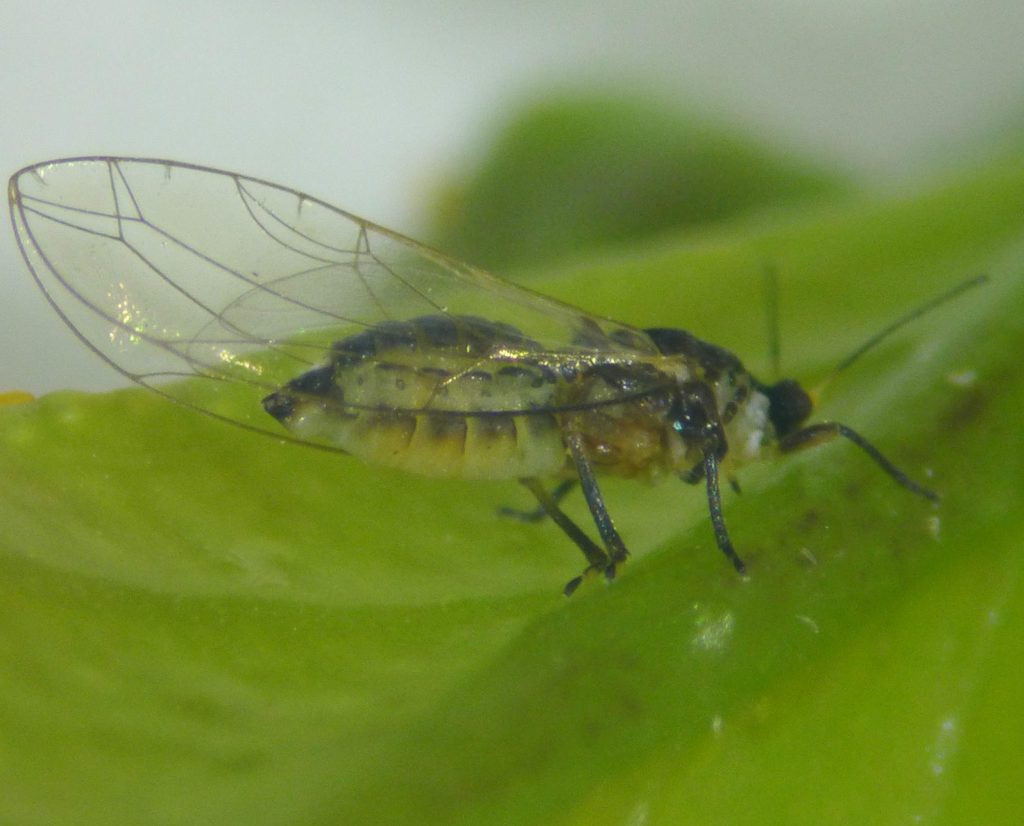From the report «Invasive species and climate change: a perfect storm», by Julien Godwin, published by CABI, the «Invasive species — the hidden threat to sustainable development», by Roger Day, published by Devex , with CABI sponsoring, and «El vector del Huanglonbing es troba ja present en zones citrícoles pròximes a Lisboa, a 190 km de les de Huelva», publicat a Camp Valencià.
Climate change facilitates the spread and establishment of many alien species and creates new opportunities for them to become invasive. Climate change also reduces the resilience of habitats to biological invasions However, the inverse is also true: invasive species reduce the resilience of natural habitats, agricultural systems and urban areas to climate change.
These pests’ negative impacts can be increased by climatic changes. More frequent occurrences of hurricanes, floods and droughts can transport species to new areas and decrease the resistance of habitats to invasions.
The reality is that millions of the world’s most vulnerable people face problems with invasive weeds, insects, plant diseases, and animals, which are out of control and have major economic, social, and environmental impact. The global cost of the world’s 1.2 million invasive species is estimated at $1.4 trillion per year — close to 5 percent of global gross domestic product. In East Africa, five major invasive species alone cause $1 billion in economic losses to smallholder farmers each year.
These staggering losses are mostly due to reduced agricultural productivity — i.e. higher management costs to control outbreaks and lower yields due to crop losses. Due to their higher reliance on the agricultural sector, this naturally affects the economic performance of low- and middle-income countries disproportionately.
Yield losses to invasive species such as Tuta absoluta, fall armyworm or parthenium have been known to reduce crop yields by over 90 percent, with devastating results for smallholder farmers who rely on their farms for income.
Invasive species are a major threat to global food security, and disproportionately affect low- to middle-income countries which lack the capacity to prevent and manage biological invasions. In order to address these global, regional and national issues, a number of actions are required:
National and regional capacity should be increased, in order for countries to be able to directly manage invasive species through scaled-up best practice solutions.
Climate change policies should ensure that measures to address climate change do not increase the threat of invasive species. For example, native tree species could be used for carbon sequestration or erosion control rather than introducing species, such as Acacia or Eucalyptus, outside their native range.
Climate change considerations should also be explicitly incorporated into invasive species risk assessments, to help identify those species that could become a threat in the future.
Ecosystems need to be prioritised according to their vulnerability to climate change, making it possible to establish measures that will prevent invasive species introductions. For example, establishing effective biosecurity measures to manage priority pathways of introduction, supported by early warning and rapid eradication to tackle species before they become invasive.

Finally, species also need to be prioritised and managed according to the likelihood they become a global invasive threat due to climate change.
But still there is another danger from invasive species, that are the propagation of diseases, as happens with the Trioza erytreae and the Huanglongbing (HLB), for example.
A clear example of the impact of the invasive species can be seen in the report «Triple attack on bananas could devastate $35bn global industry», by Marin Hirschfeld , published by the CABI.

